Faith Kipyegon didn’t run four minutes for the mile – but this is how she can succeed next time
Kipyegon, a three-time Olympic champion, fell seven seconds short of her goal in an extravagant event hosted by Nike, but Olympic medalist and Breaking4 pacer Georgia Hunter Bell tells Jack Rathborn how the Kenyan can get closer next time

Georgia Hunter Bell has just finished a jog around the idyllic Tuileries Garden. It’s a scorching Friday in the Parisian sun, and the 1,500m Olympic bronze medalist has started to feel the fatigue from last night’s run.
It was no ordinary run, either, a pacing job that didn’t quite reach 800m, an event she has claimed gold in a Diamond League meet already this season. But that searing pace still lingers because Hunter Bell travelled at sub-four minute mile pace, nine seconds faster per mile than her national record pace needed to claim bronze at last year’s Paris Olympics in the 1,500m.
Her endeavour was all part of Faith Kipyegon and Nike’s audacious attempt to shatter a barrier first transcended by Sir Roger Bannister in 1954, and while more than 2,000 men have followed, no woman has achieved the same feat.
Kipyegon was on track at half-way and only faded as the bell approached, slipping back to finish in 4:06.42, 1.22 seconds better than her existing world record but more than six seconds outside her ambitious goal. This mark will not be officially recognised by World Athletics due to the use of 12 pacers, including 10 men, and a pair of unverified Nike super spikes, the Victory Elite FK, built with 3mm more foam to further accentuate a trampoline effect that has revolutionised running in recent years.
“I’m exhausted, but I’ve proven that it’s possible,” Kipyegon, who also wore a special aerodynamic skinsuit with “3D-printed aeronodes,” defiantly declared afterwards. “It’s only a matter of time before I think it comes our way, even if it’s not me, it will come one day. “I will not lose hope. I will still go for it.”
It should be noted, for context based on World Athletics Scoring Tables, Kipyegon target, in terms of points, was the equivalent performance to a 9.61 seconds in the men’s 100m (Usain Bolt’s world record remains 9.58 seconds) or a 3.22:98 men’s 1,500m (well clear of Hicham El Guerrouj’s 3:26.00). She was not just attempting to go where no woman had gone before. No woman had even considered breaching the four-minute mark.
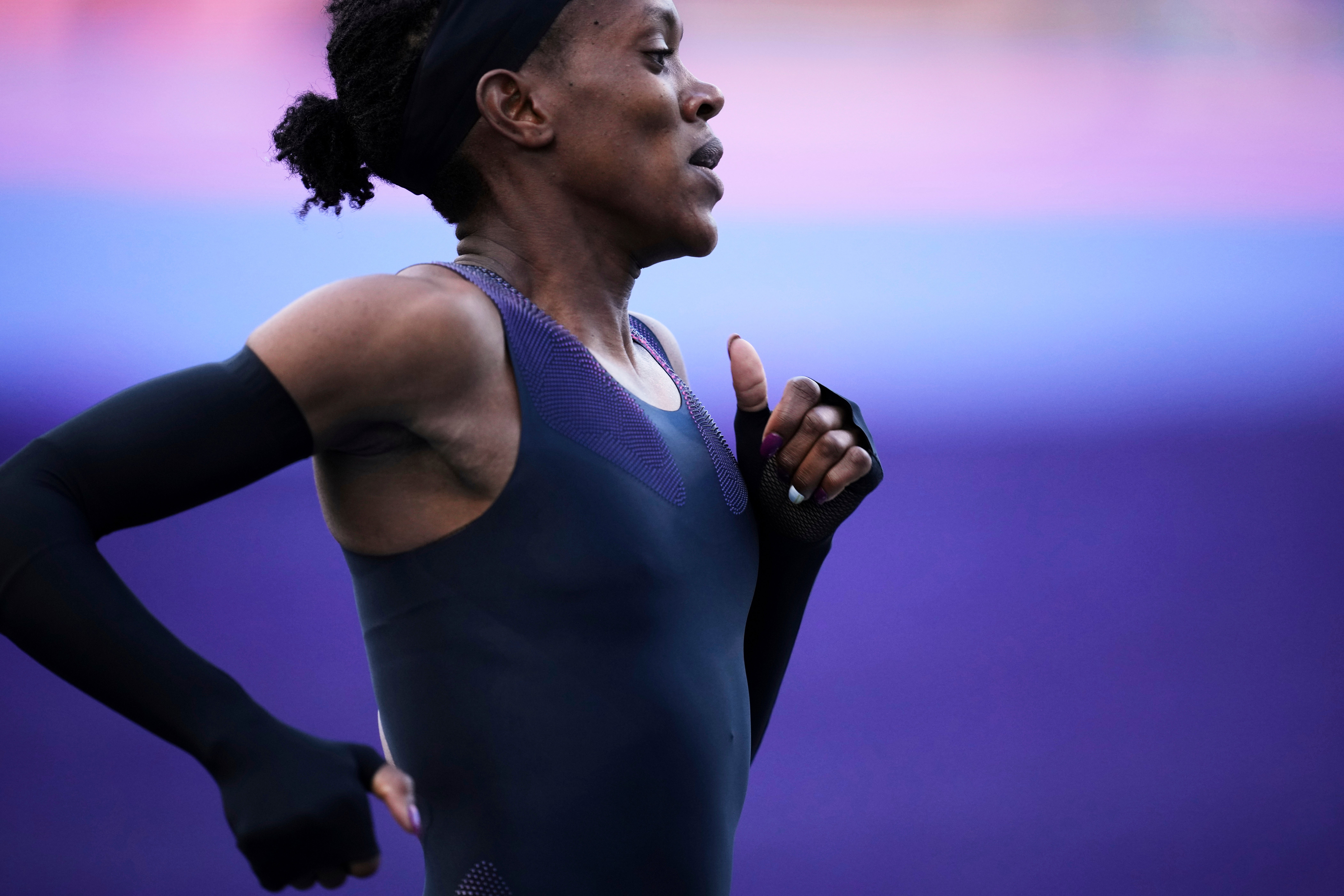

“Physically it felt really good,” Hunter Bell tells the Independent after practicing in the days before the extravagant event at the Stade Charlety.
Hunter Bell was selected, based on height and stride length, to replicate Kipyegon’s role in practice alongside the elite men drafted in, including double-Olympic medalist Grant Fisher and Team GB’s Elliot Giles. The formation, devised over the last six months in Kenya, shielded Kipyegon from “turbulence”.
“We were doing 400m reps in 60 seconds per lap pace, but it felt more like 65 seconds for the effort,” she adds.
“So it felt a lot easier than if you were just trying to run a lap on your own. And so it was cool to feel that, I think, also just from kind of an emotional, less tangible standpoint. It felt really nice.
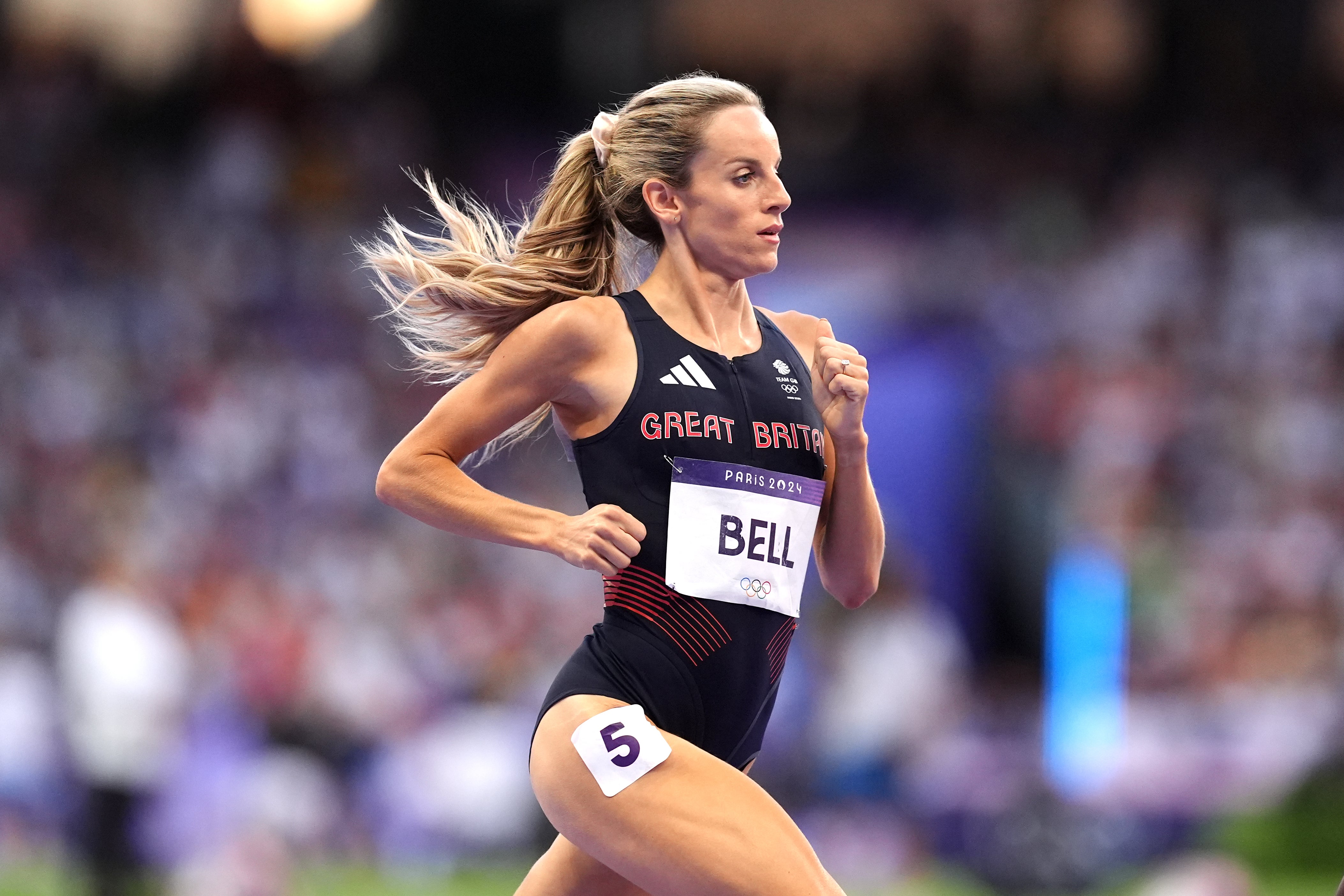
“The guys around you talking about how they can help you out. You just feel really supported. And it really made me think that, yeah, she's obviously much better than I am. So if it felt like that for me, then surely it will feel really good for her. It gave me a lot of faith that she could do it.”
Hunter Bell and her fellow Nike athletes were tasked with training twice per day since Sunday, with the team spending each day together, including meals, to build chemistry and cohesion to perfectly execute the plan on Thursday.
“I've never seen Faith like struggle,” Hunter Bell recalls. “Like every time she races us, be that in an Olympic final, the Diamond League, she's always so clearly ahead and although she’s obviously working hard, she seems totally within herself and there's no struggle on her face.
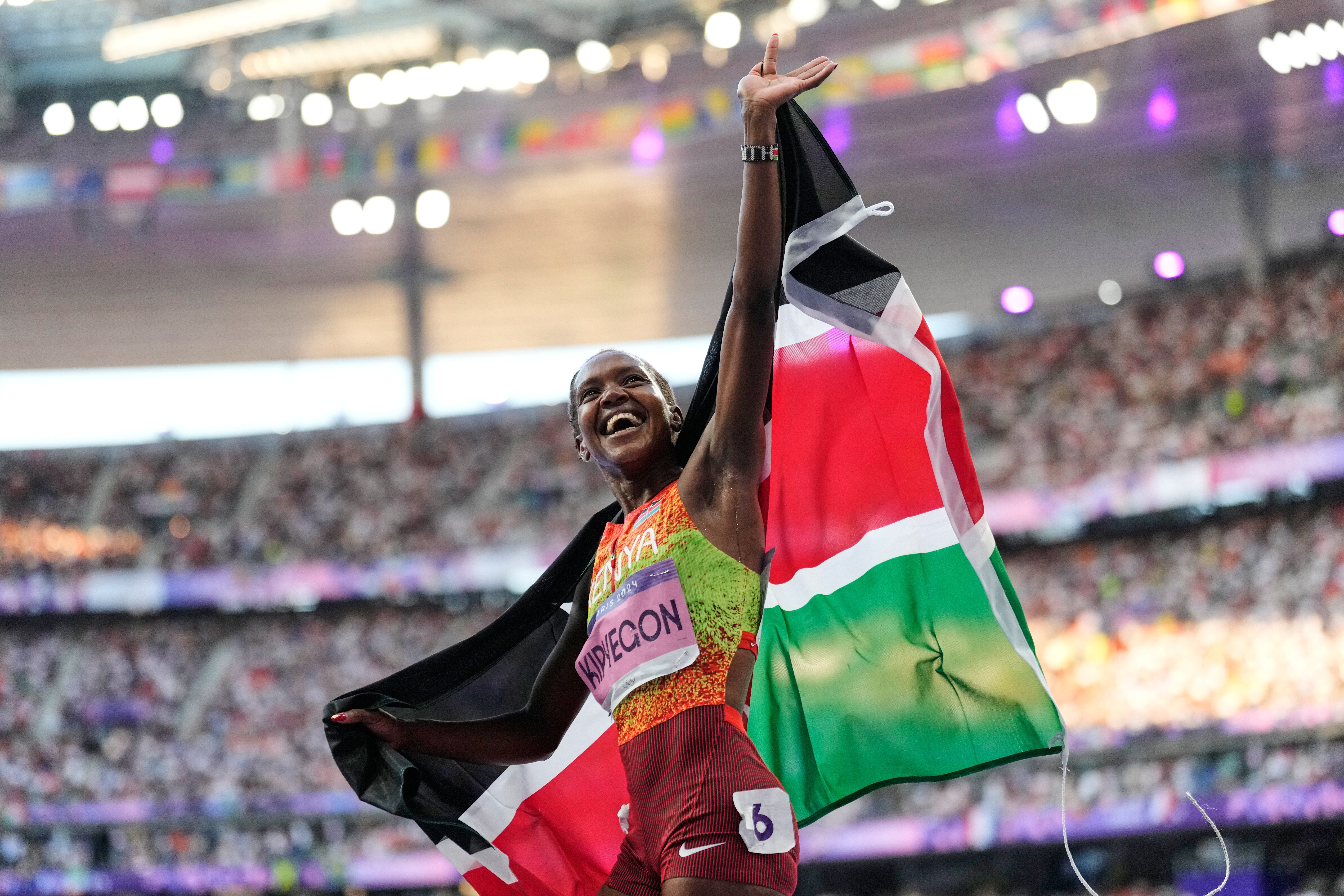
“Yesterday was the first time that I've really seen her hurting, a little bit of form going, a little bit of strain on the face. So that really just put into perspective just how hard of a feat it is.
“So I think, in hindsight, it will now be a case of chipping down [the women’s mile world record]. It's not going to go from 4:07 to 3:59, it's going to be chipped away over the years like she's already taken a second and a half off.
“Think about Eliud Kipchoge’s 1:59 marathon, that had some failures before it, then they got it right. So I think they'll be able to take away some learnings, then just hope that in the future, they'll be able to bring it down.”

Hunter Bell is adamant Kipyegon is still the woman to do it, though a move to the 5,000m next year could derail the three-time Olympic champion’s plans. But the 31-year-old revealed she is committed to a future attempt.
“I had a quick chat with her afterwards and said, ‘do you think you'll have another go this year?’ And she was like, ‘probably not this year, probably next year’. It might take another five to 10 years to break the four-minute barrier, but I can see it going down by a second every year.”
Kipyegon might still be the dominant force in the 1,500m or mile, but Hunter Bell insists her compatriot Beatrice Chebet, a double-Olympic champion in the 5,000m and 10,000m, could attack the barrier too, harnessing her greater strength.
“I actually don't think [the mile favours a runner with a speed background such as Keely Hodgkinson],” Hunter Bell adds. “I actually think it's more the other way. I think you have to have a really strong endurance base to be able to do a challenge like that. Having a great kick is amazing. Coming through in two minutes is well within Keely’s and my capability, but those two laps make such a difference.
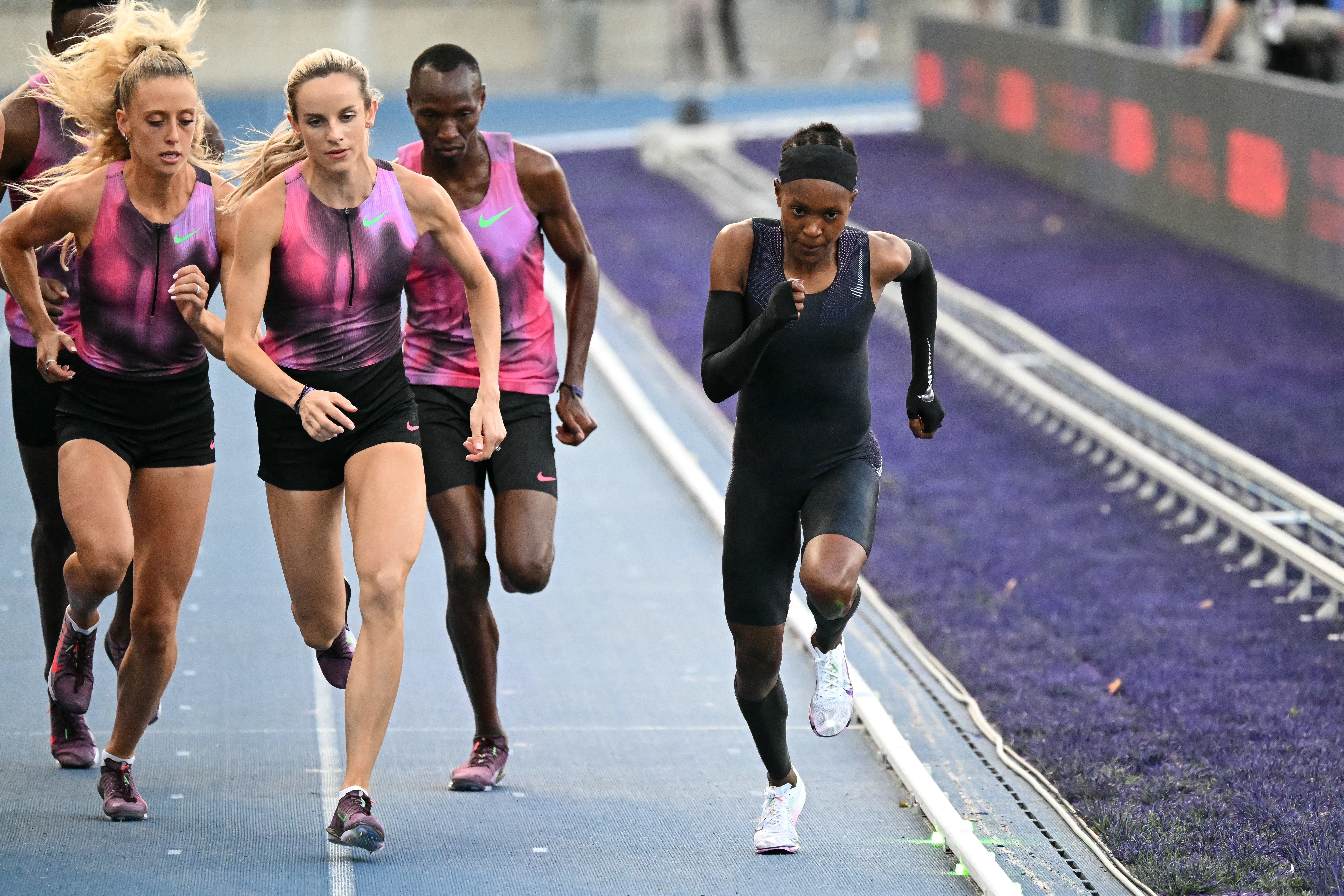
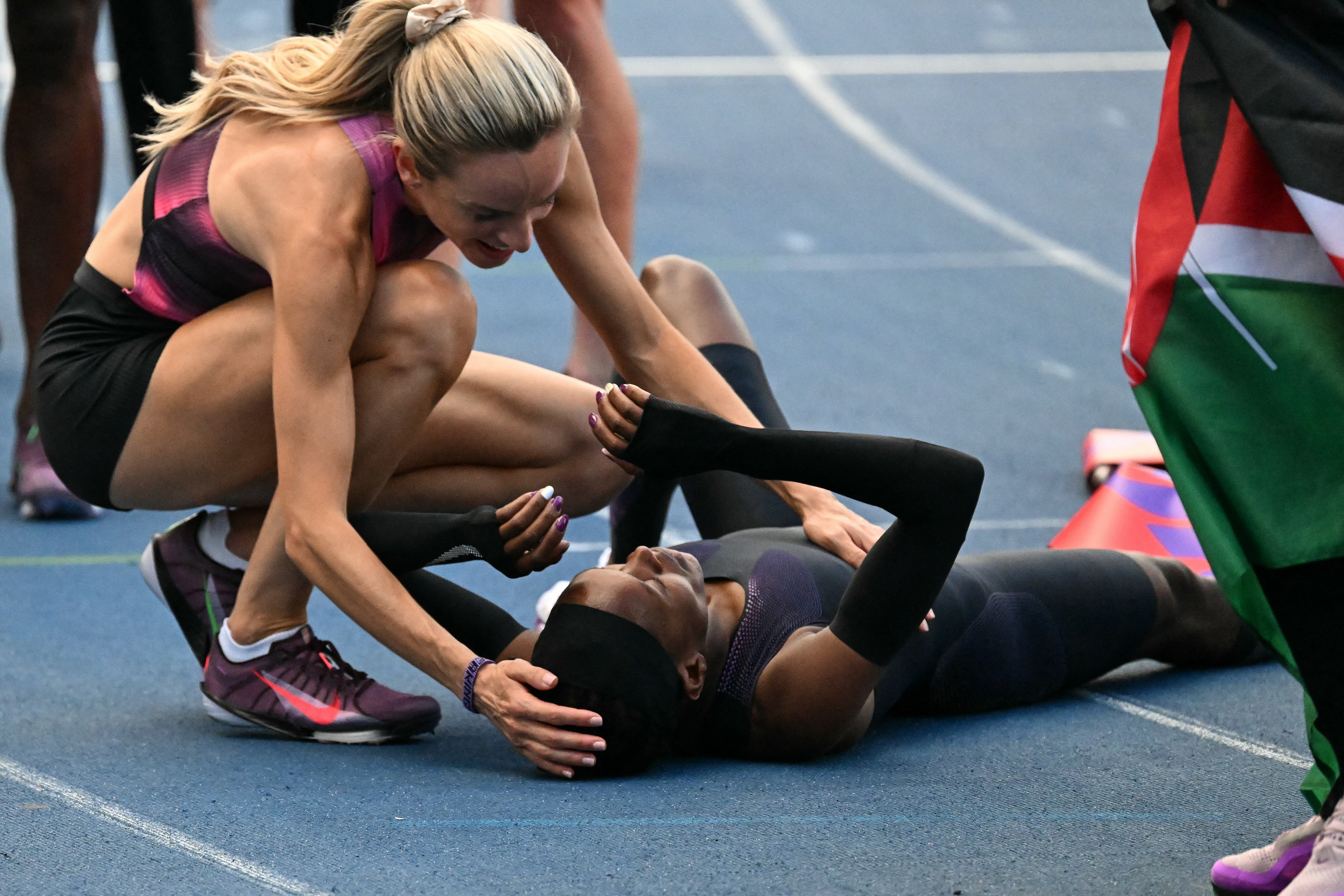
“It’s getting into the practice of running 60s consistently versus what Keely can do, running 52-53 seconds per lap. That’s amazing speed, but you just can't do four of those back to back. There's just no way.”
Nike will be determined in the coming months to make refinements, much like they did between Kipchoge’s first attack on the two-hour marathon barrier in Monza in 2017, before returning to Vienna two years later, with tens of thousands of fans on the streets able to witness history.
“I think hosting it in a full stadium is a good idea, maybe at the end of a Diamond League as the final event,” Hunter Bell concludes. “Then you'll definitely have a sold-out stadium, such as London in a couple of weeks, which is sold out at 60,000. Every bit of noise makes a difference. We really saw that in the Paris Olympic final last year. It was so loud and we ran so fast. So I think that could definitely help.”



Join our commenting forum
Join thought-provoking conversations, follow other Independent readers and see their replies
Comments